Optimal Timing for Termite Damage Repairs
Timing for termite damage repairs is crucial to ensure effective treatment and restoration. The optimal period depends on environmental conditions, termite activity levels, and property maintenance schedules. Typically, late spring and early summer are considered ideal times due to increased pest activity, which allows for timely detection and intervention.
Spring is a common time for termite activity to increase, making it an ideal season for inspections and necessary repairs to prevent further damage.
Summer offers warmer weather conducive to treatment applications, allowing repairs to be completed effectively after termite colonies are identified.
Once termites are detected, scheduling repairs promptly helps minimize structural damage and prevent reinfestation.
Dry and warm weather conditions facilitate repair work and treatment applications, making certain months more suitable for termite damage repairs.

Inspecting for signs of termite activity helps determine the best timing for repairs.
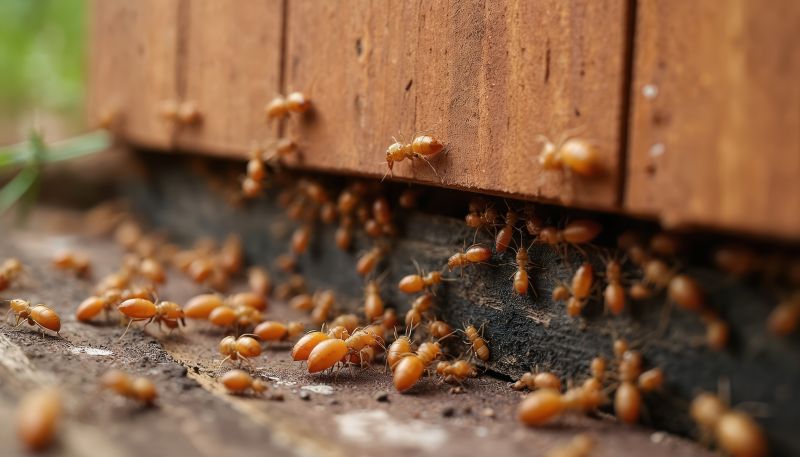
Applying treatments during optimal weather conditions enhances effectiveness.

Restoring affected structures after termite removal is most effective in dry seasons.
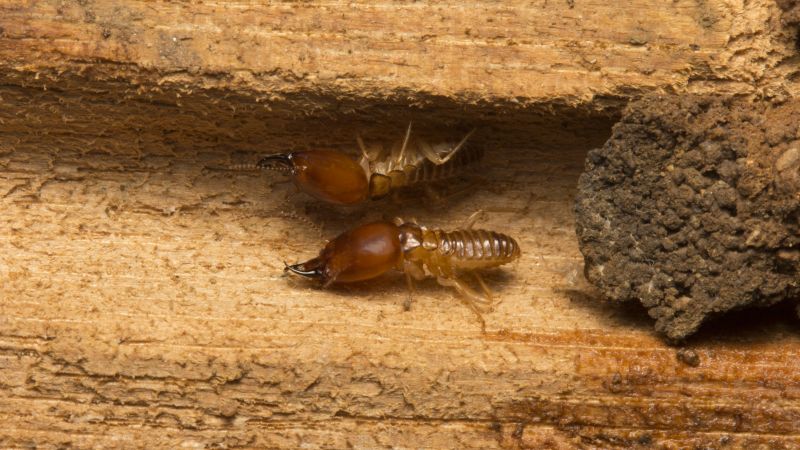
Ways to make Termite Damage Repairs work in tight or awkward layouts.
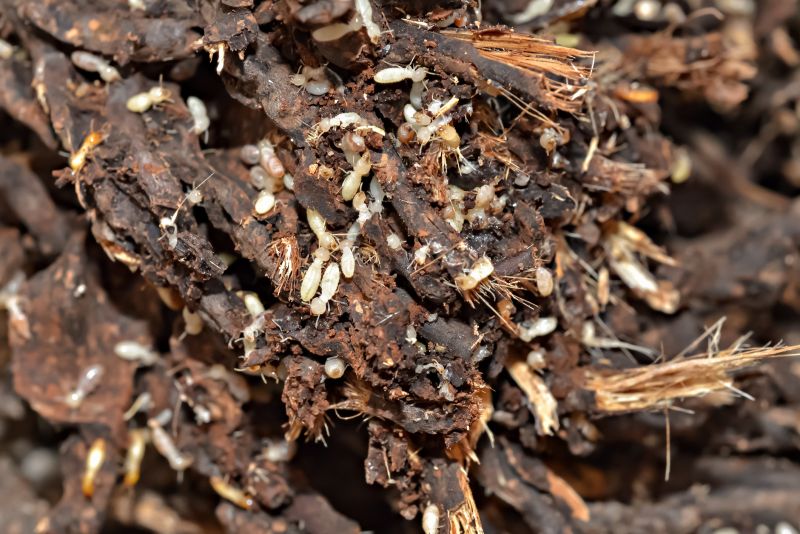
Popular materials for Termite Damage Repairs and why they hold up over time.
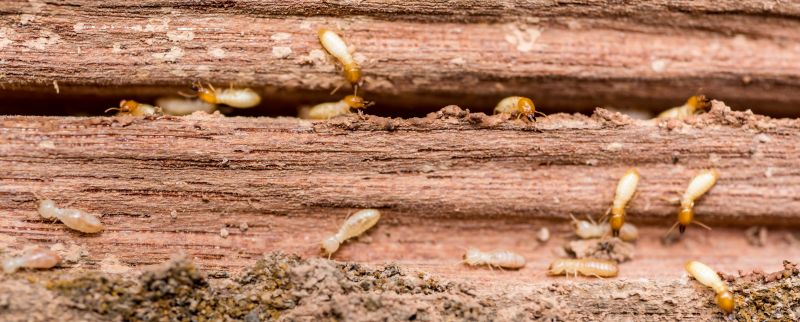
Simple add-ons that improve Termite Damage Repairs without blowing the budget.
| Season | Recommended Action |
|---|---|
| Spring | Conduct inspections and initiate repairs as needed |
| Summer | Apply treatments and complete structural repairs |
| Fall | Perform follow-up inspections and minor repairs |
| Winter | Schedule major repairs during mild weather periods |
Termite damage repairs involve assessing the extent of structural harm caused by termites and implementing appropriate remediation measures. The process typically includes termite eradication, structural reinforcement, and restoration of affected areas. Timely repairs are essential to prevent further deterioration and maintain building integrity. Studies indicate that untreated termite infestations can cause significant structural damage, leading to costly repairs and safety concerns. Regular inspections and prompt repairs help mitigate these risks and extend the lifespan of the property.

Evaluating the extent of termite damage is the first step in planning repairs.
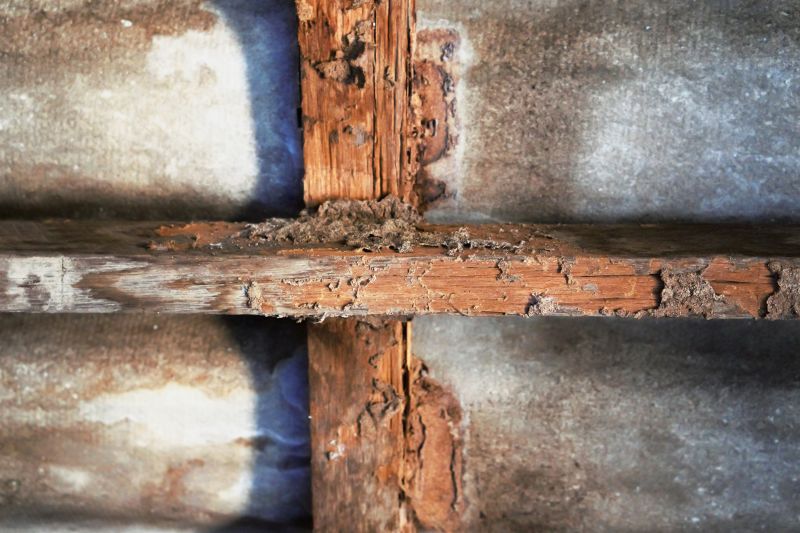
Combined approach ensures complete eradication and structural restoration.

Reinforcing affected areas prevents future damage.
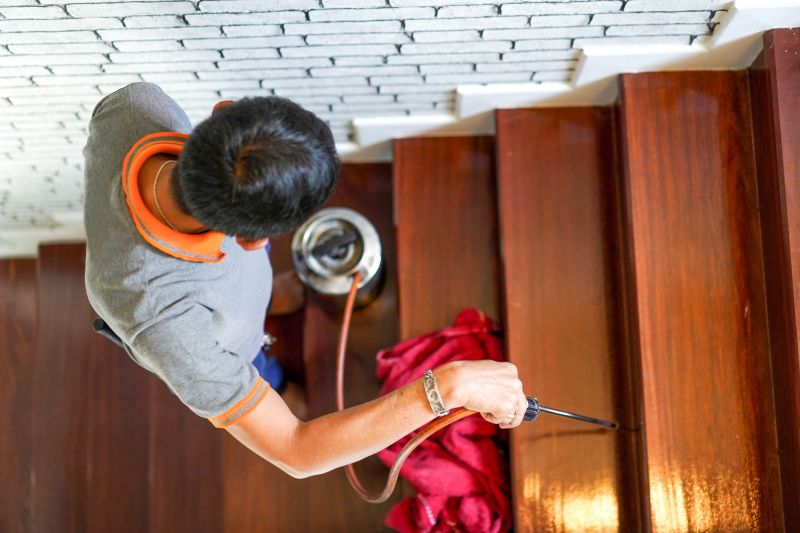
Ensures repairs are completed effectively and property is secure.
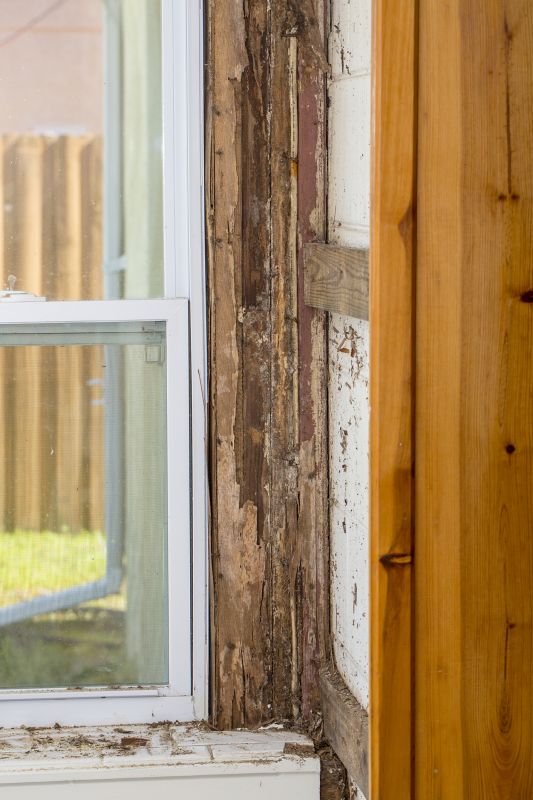
High-end options that actually feel worth it for Termite Damage Repairs.
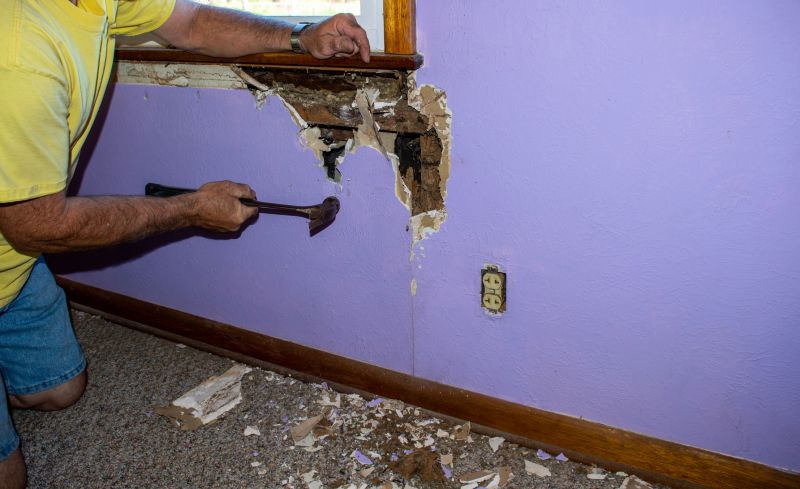
Finishes and colors that play nicely with Termite Damage Repairs.
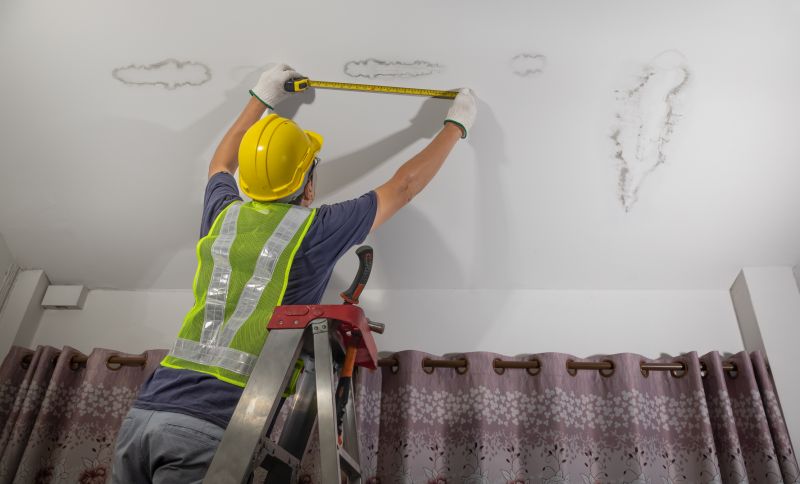
Little measurements that prevent headaches on Termite Damage Repairs day.
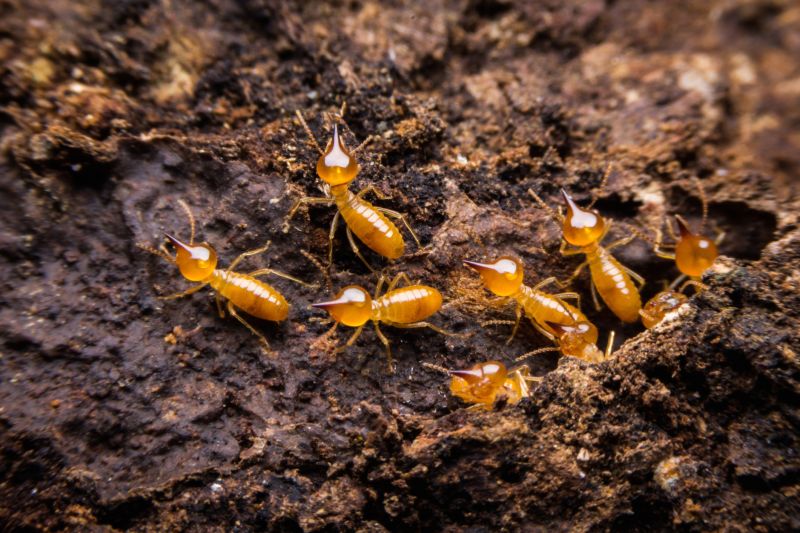
A 60-second routine that keeps Termite Damage Repairs looking new.
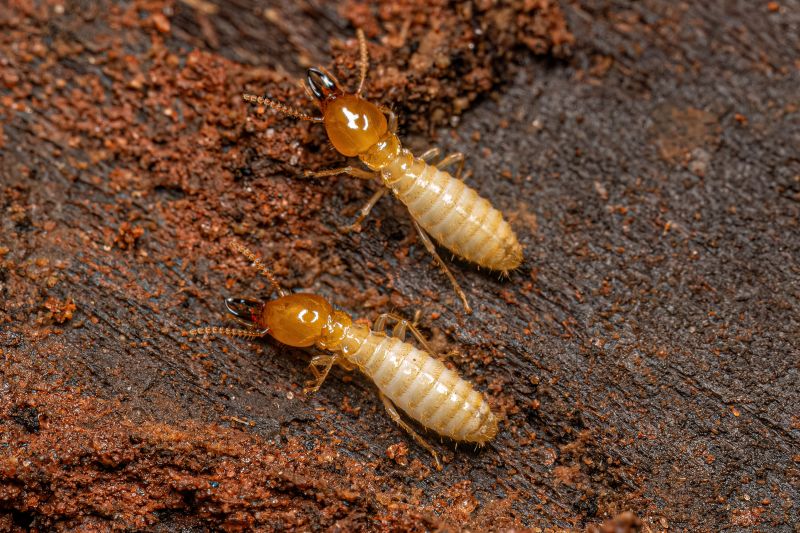
A frequent mistake in Termite Damage Repairs and how to dodge it.
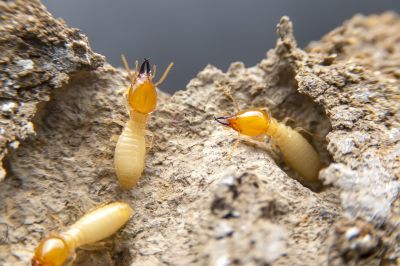
Small tweaks to make Termite Damage Repairs safer and easier to use.
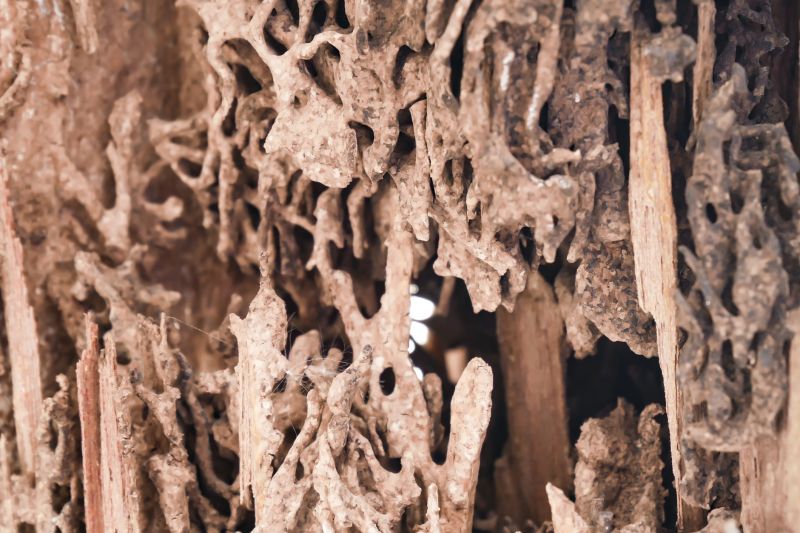
Lower-waste or water-saving choices for Termite Damage Repairs.
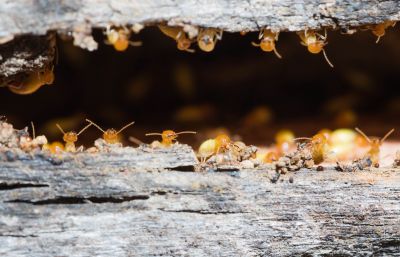
The short, realistic tool list for quality Termite Damage Repairs.
Interested property owners are encouraged to contact for further information or to schedule an inspection. Prompt action can help prevent extensive damage and reduce repair costs. Filling out the contact form provides a convenient way to initiate the process and receive professional guidance on termite damage repairs.



